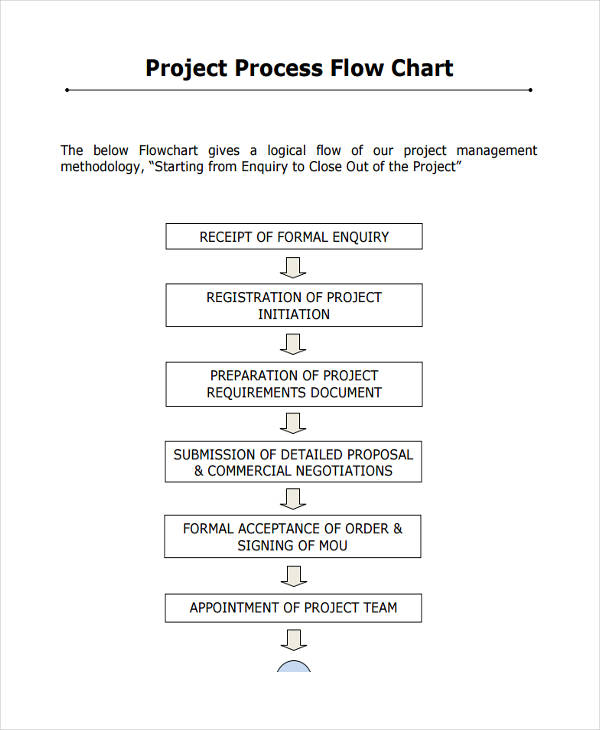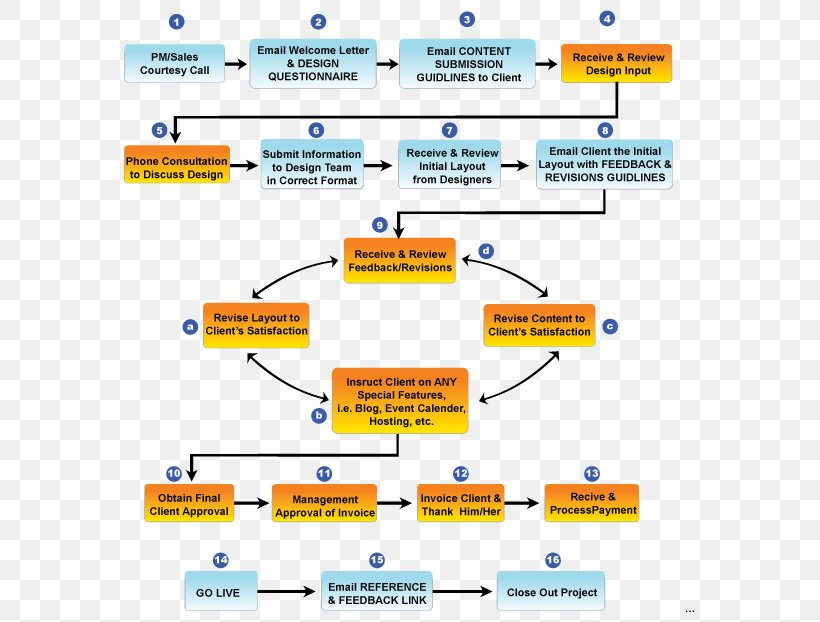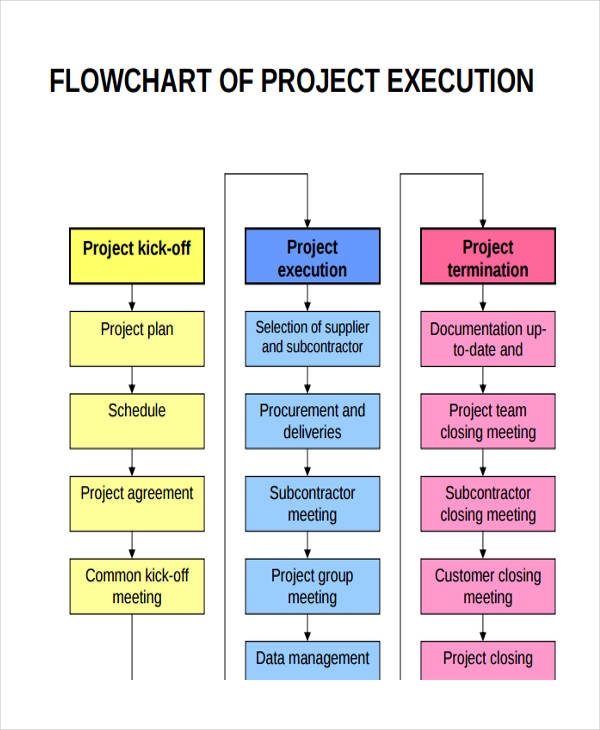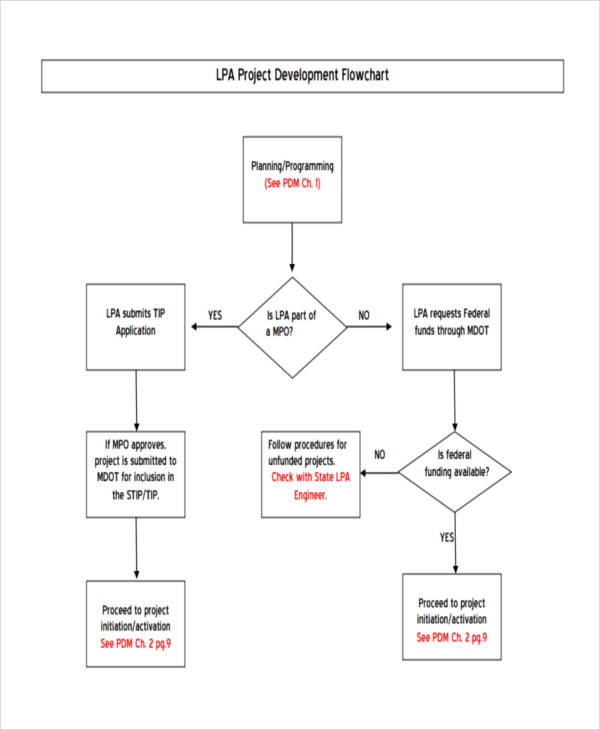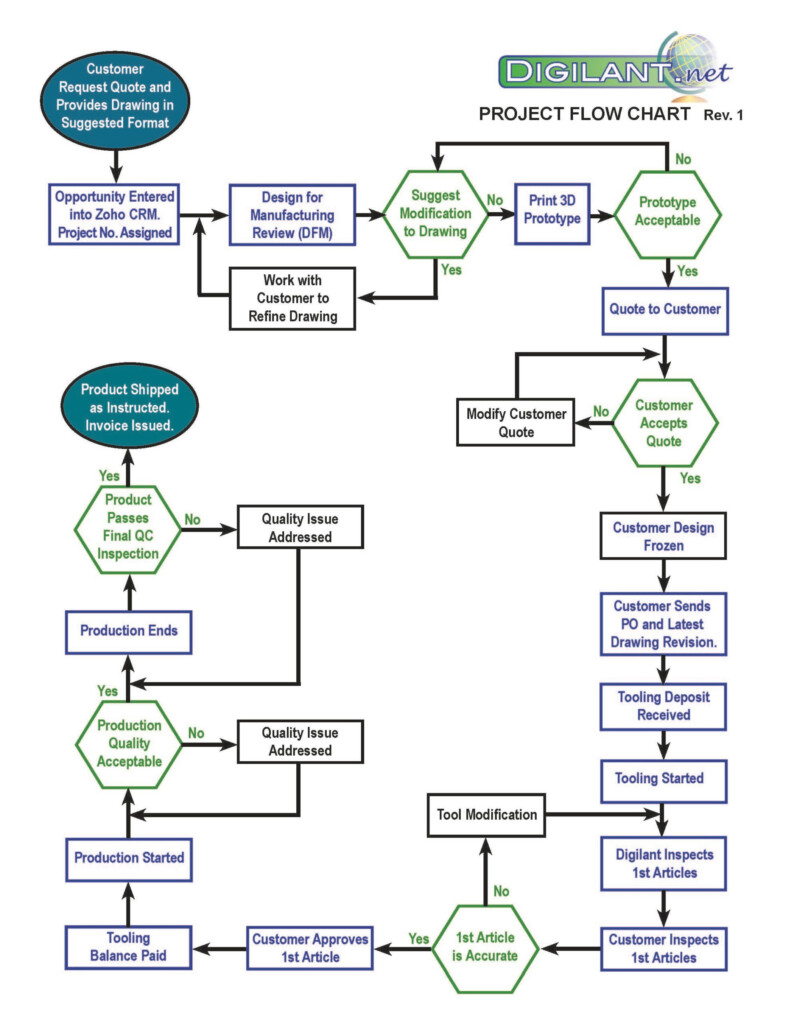Construction project management is a complex process that requires careful planning, coordination, and execution. A construction project management flow chart is a visual representation of the various stages involved in managing a construction project. It helps project managers and team members understand the sequence of tasks, dependencies, and timelines involved in completing a construction project successfully.
By using a construction project management flow chart, project managers can easily track progress, identify bottlenecks, and make informed decisions to ensure the project stays on track and within budget. It also helps in communicating the project plan to stakeholders, clients, and team members, ensuring everyone is on the same page and working towards a common goal.
Construction Project Management Flow Chart
Key Elements of a Construction Project Management Flow Chart
A construction project management flow chart typically includes the following key elements:
1. Project Initiation: This stage involves defining the project scope, objectives, and requirements.
2. Planning: In this stage, project managers create a detailed project plan, including timelines, budgets, and resource allocation.
3. Execution: This stage involves coordinating resources, monitoring progress, and managing changes to ensure the project stays on track.
4. Monitoring and Control: Project managers track key performance indicators, identify risks, and make adjustments to keep the project on schedule and within budget.
5. Project Closure: Once the project is completed, a final review is conducted to assess the project’s success and document lessons learned for future projects.
Best Practices for Creating a Construction Project Management Flow Chart
When creating a construction project management flow chart, it is essential to follow these best practices:
1. Keep it simple: Use clear and concise language, symbols, and colors to make the flow chart easy to understand for all stakeholders.
2. Update regularly: As the project progresses, update the flow chart to reflect any changes or adjustments to the project plan.
3. Collaborate with the team: Involve key team members in creating the flow chart to ensure it accurately represents the project plan and timeline.
4. Use software tools: Consider using project management software tools to create and maintain the flow chart, making it easier to track progress and communicate updates to the team.
Overall, a construction project management flow chart is a valuable tool for ensuring the successful completion of construction projects. By following best practices and incorporating key elements, project managers can effectively manage projects, streamline processes, and deliver high-quality results.
Download Construction Project Management Flow Chart
Construction Management Flow Chart
Project Planning Project Management Process Flow Chart Space NAS
Project Management Process Flow Chart
Project Management Flow Chart Digilant
